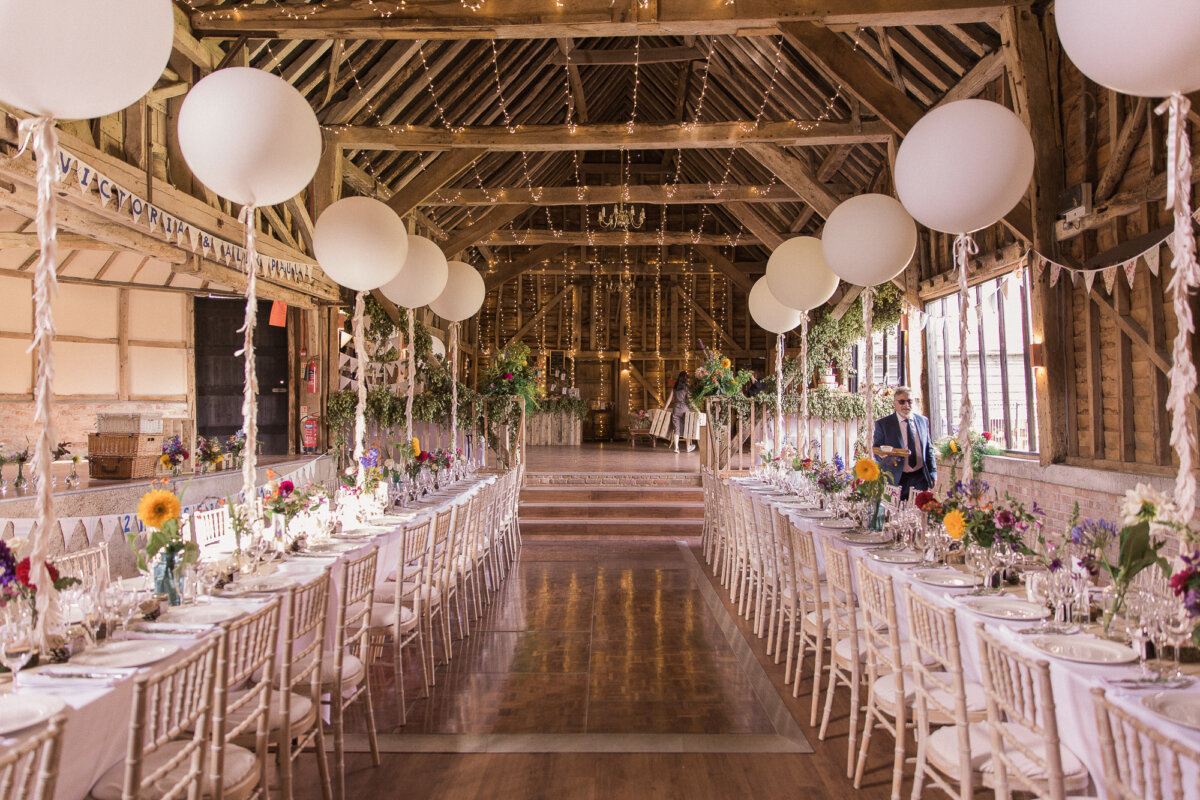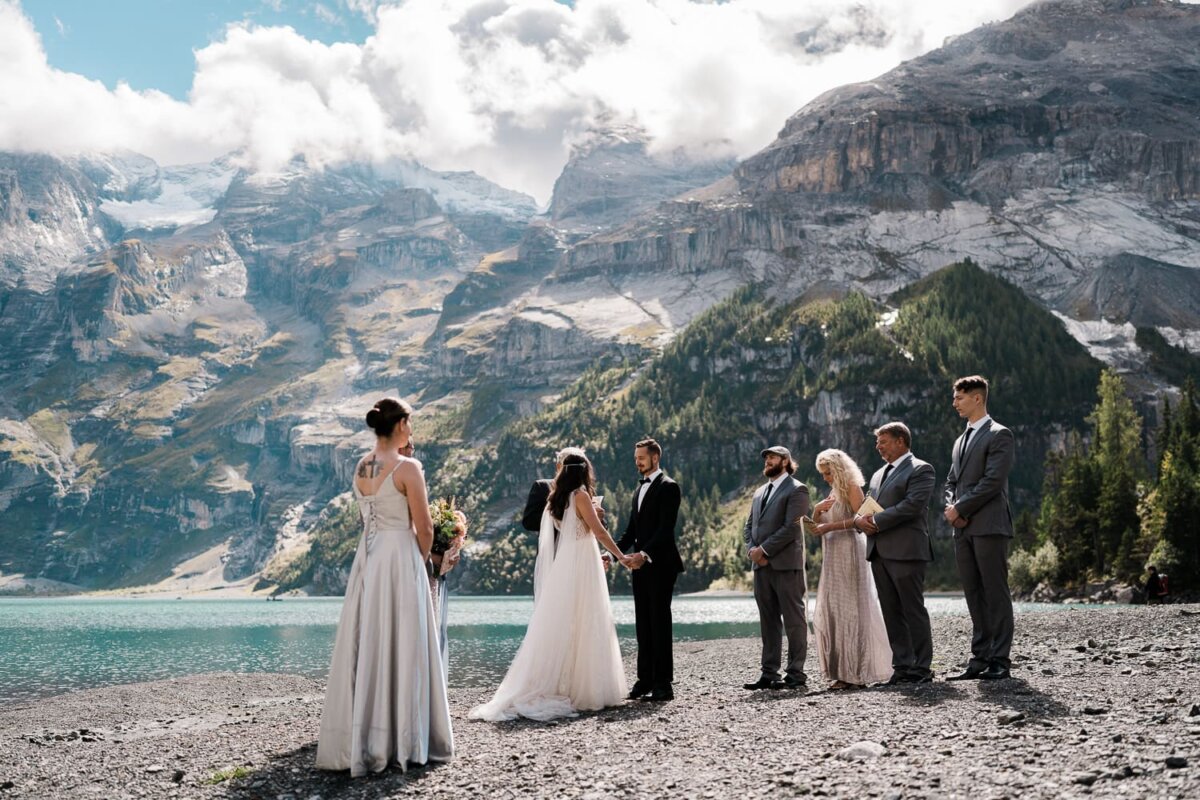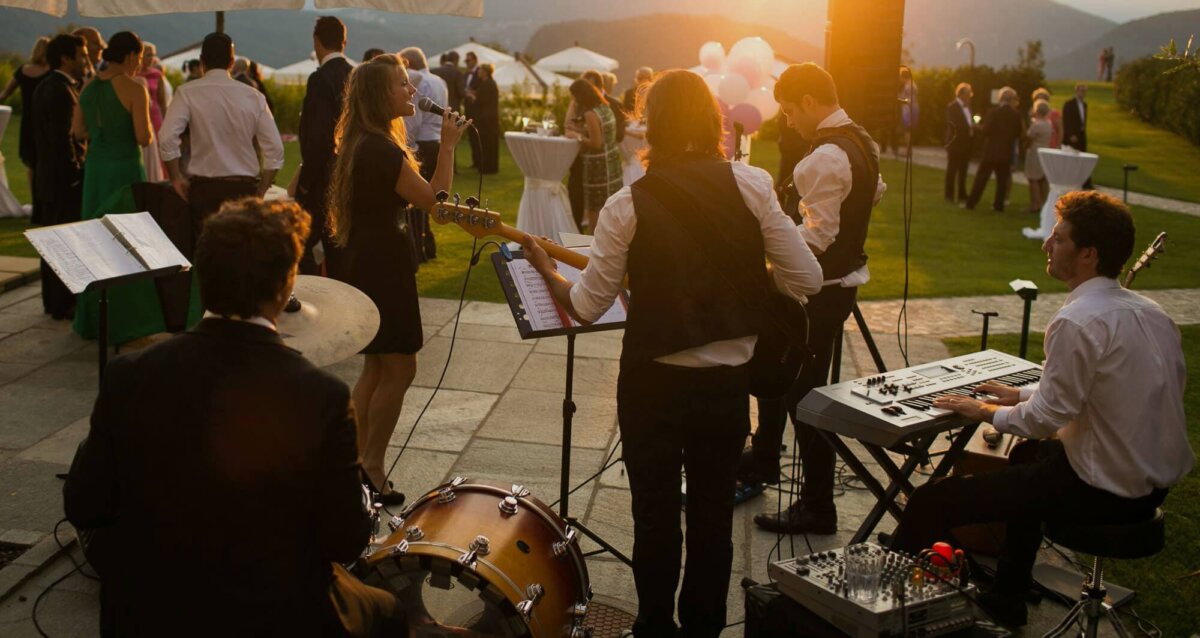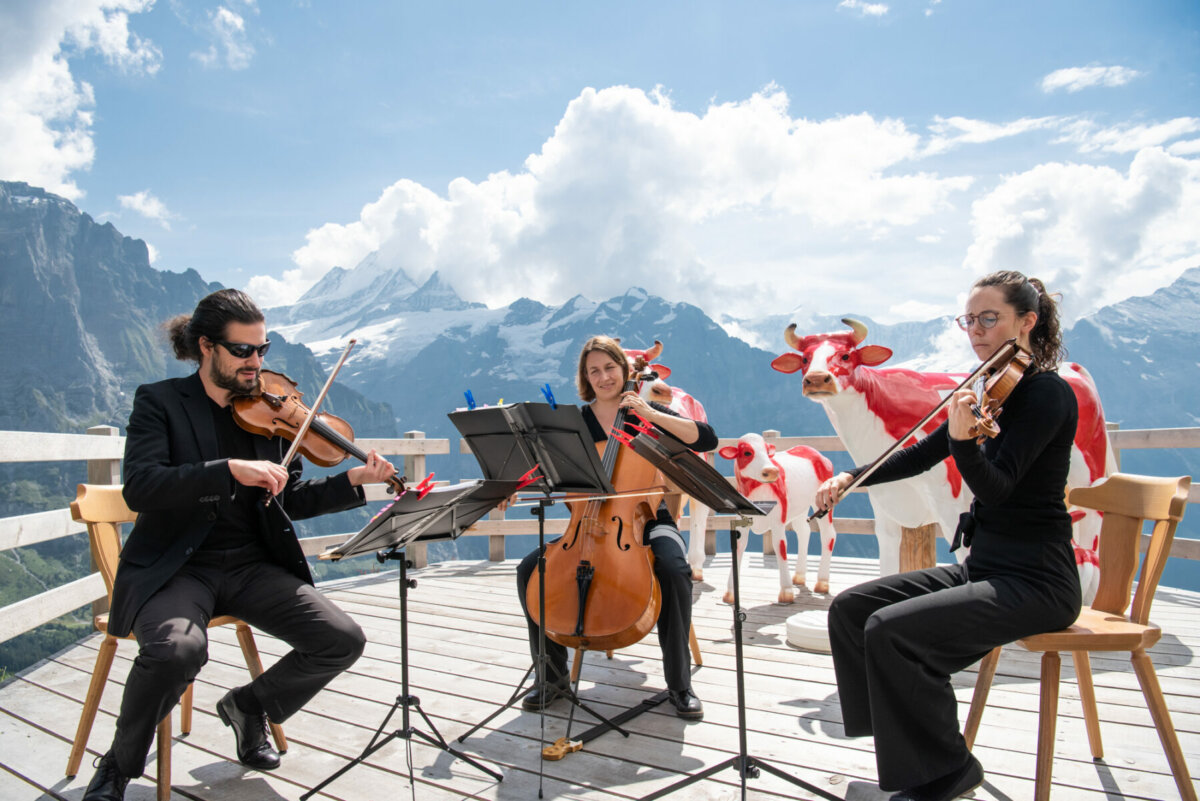Forming a company as the next step
If the upfront costs seem daunting, one may consider developing the venue in stages. To start, the original property can serve as a service hub, housing essential facilities like the kitchen, restrooms, and other services. Meanwhile, a large marquee can provide the necessary covered space for guests to eat, drink, and dance. With one of the large marquees offered by numerous Swiss vendors (including, but not limited to, Tentickle Switzerland) either for purchase or rent, your venue can start earning enough to enable ongoing development of the venue within an affordable budget.
While making these plans, one should also form a company to develop and manage the entire project. Not only can this aid with taxation, but it also streamlines the operations of such a substantial venture, which requires lots of staff as well as an array of counterparties and service providers such as caterers, utilities, wedding planners, photographers, cleaners, and so on. All of that is more easily managed and accounted for within a corporate structure.
Having a company in place also facilitates potential partnerships for financing and operating the venue. Furthermore, a company provides the transparency and accountability that partners need, all while offering clarity over taxation.
The initial costs for setting up a company are relatively modest, starting at approximately CHF 10’000 for registration fees, accounts, and audits, among others. Considering the potential revenue of CHF 220’000 or much more – that the venue is poised to generate annually – this small investment should be well worth it once the business takes off.











